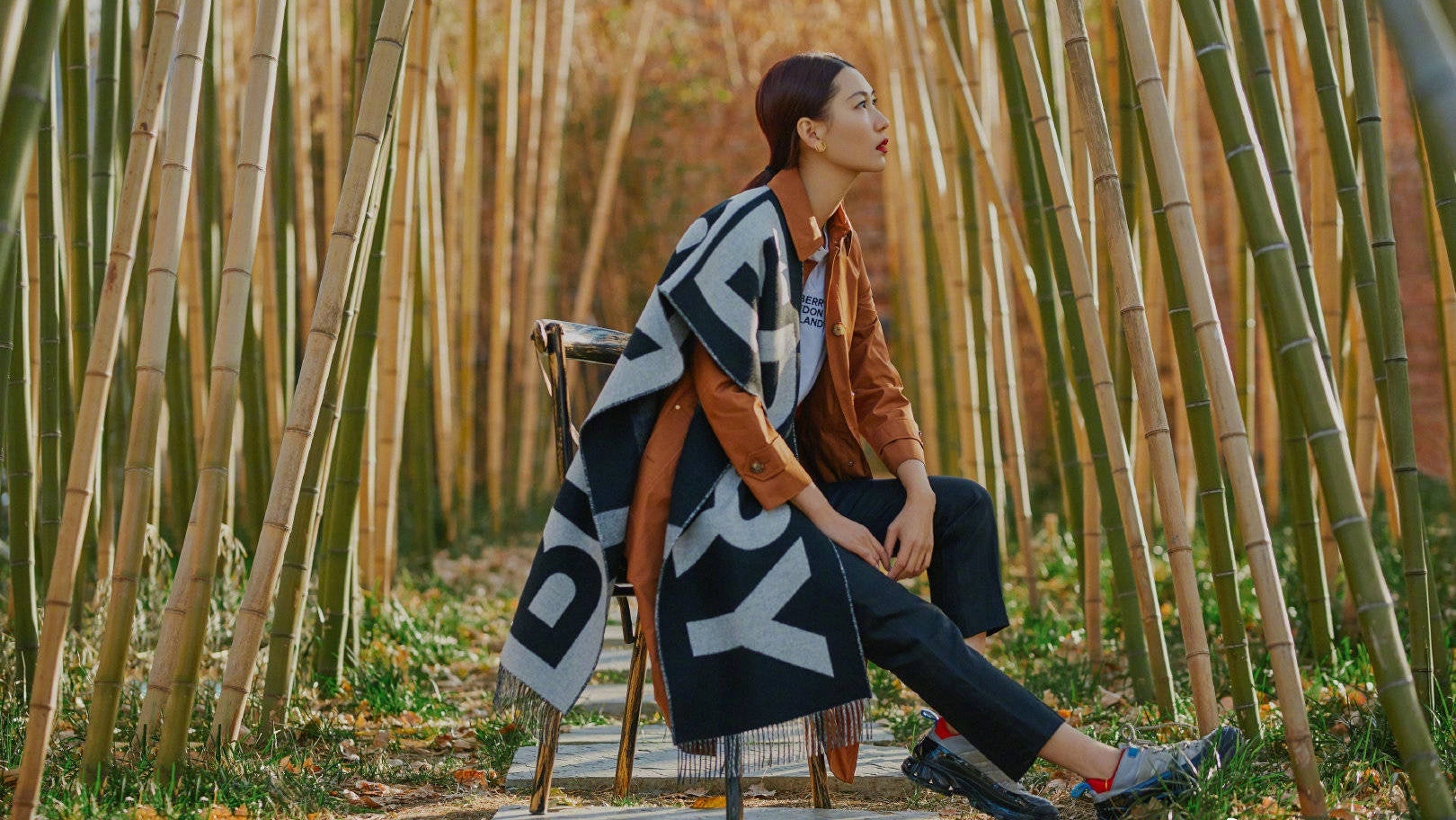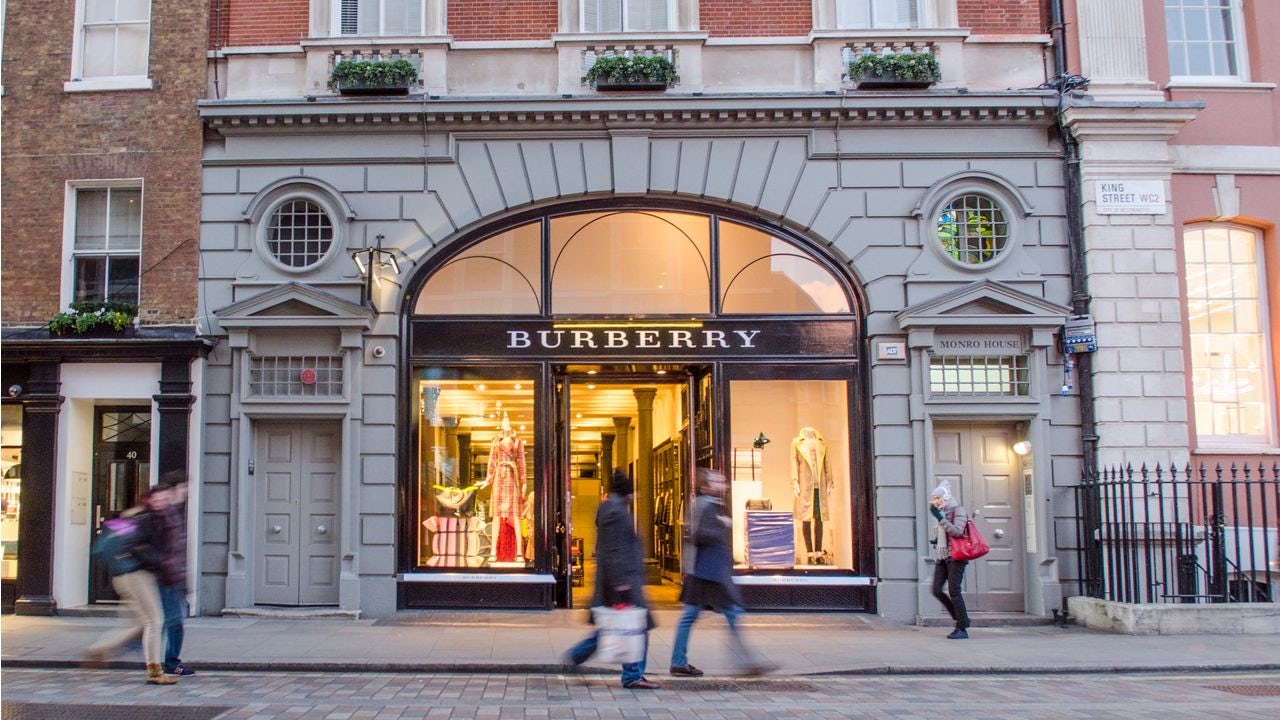Global luxury demand is finally recovering, and the British fashion giant seems eager to share the good news.
Ahead of the financial year end on March 27, Burberry issued an unscheduled trading update forecasting that full-year profits would be ahead of expectations. The iconic trench-coat maker stated that retail sales in the three months to March are set to be between 28 percent and 32 percent higher than the same period last year, while its full-year group revenue should fall 10 percent, less than the 13 percent decline analysts predicted.
This upbeat report sent Burberry shares up as much as 10 percent on March 12 — its largest daily increase since mid-January 2020.
Compared to fourth quarter results last year, this is certainly a welcome turnaround. With the pandemic placing Chinese consumers, who account for two-fifths of the brand’s sales, in lockdown, the luxury house saw its same-store sales tumble 27 percent. Even just last quarter, Burberry was still struggling with shuttered stores and travel restrictions, saved from disaster by mainland China’s double-digit growth.
This newfound optimism isn’t without merit, however. Burberry has been making strategic moves to hasten recovery, particularly in China, where life has largely returned to normal. From its successful Chinese New Year campaign, which included a star-studded short film and branded WeChat red envelopes, to the opening of its social retail store in Shenzhen, the London-based group has worked to ramp up engagement in the market and innovate its e-commerce approach. Notably, the brand recently won a rare preliminary injunction against local copycat Baneberry, further securing its market share.
Of course, Burberry isn’t the only one reaping rewards from China’s resilience. Prada, for one, announced earlier this week that its 2020 retail sales had surged 52 percent in the mainland during H2 and that its e-commerce sales more than tripled in 2020 versus 2019. Meanwhile, Hermès credited its four dozen retail stores in China and DTC business for generating half of the company’s revenue.
Although not all fashion brands can boast the same upswing (as seen by the number of retail bankruptcies and acquisitions last year), Burberry’s positive update reinstalls some level of confidence in the broader luxury industry. While investors will have to wait until May 13 to learn just how well Burberry performed its fourth quarter, for now it’s enough to ride the expected rebound — and perhaps in these times, hope is the real luxury.


